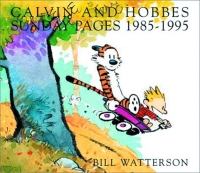 I don’t want to make you feel old, old man, but Calvin and Hobbes hasn’t been in the newspapers in twenty years. One day soon, you’ll have a doctor born so late that he’ll never have read it in the funnies, and how can you trust a doctor that young?
I don’t want to make you feel old, old man, but Calvin and Hobbes hasn’t been in the newspapers in twenty years. One day soon, you’ll have a doctor born so late that he’ll never have read it in the funnies, and how can you trust a doctor that young?
This book is not a comic collection. Instead, it describes an art exhibition that took place in 2001, fourteen years ago and six years after Watterson ended the strip. Watterson’s Sunday work was rolled into an art exhibition, and this book describes some of the history of Calvin and Hobbes as well as some of the Sunday comics. Each included comic includes the rough sketch and the finished product along with some commentary about the comic. Readers also get insight into how the Sunday comic is structured–in many cases, the first line of a three line comic is expendable as editors might have to cut it out to fit it into a particular newspaper or they can be sold “as is” as a half page, wherein the panels can be sized differently than normal and won’t be cut (Calvin and Hobbes started as the former but ended as the latter).
It’s a good bit of information, and the cartoons themselves are timelessly humorous.
The cartoon has been gone twice as long as it actually appeared in the paper; however, that’s probably a good thing, as Watterson got to end it on his terms, and readers were spared the endless “vote which cartoon stays” sorts of polls pitting Calvin and Hobbes against the Boondocks or having to write letters to the editor to get it restored.
I’m glad these books appear, though, because my children are coming to enjoy the strip. To be honest, my oldest son borrowed this book from the library and I poached it.
Books mentioned in this review:



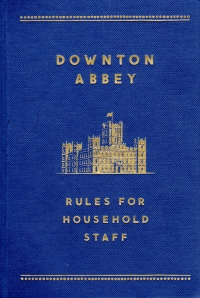
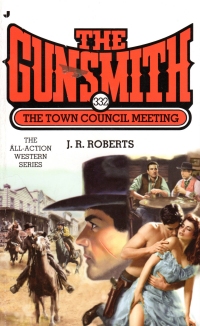

 This book is a chapbook containing a single short story by a local author; I think I have one of his full length works here somewhere. I must have gotten this book in a package of books for a buck at the Friends of the Springfield-Greene County book sale.
This book is a chapbook containing a single short story by a local author; I think I have one of his full length works here somewhere. I must have gotten this book in a package of books for a buck at the Friends of the Springfield-Greene County book sale.

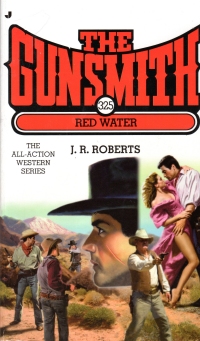

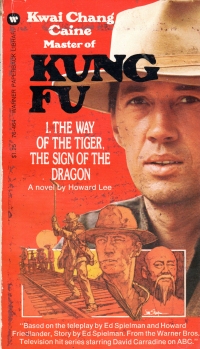

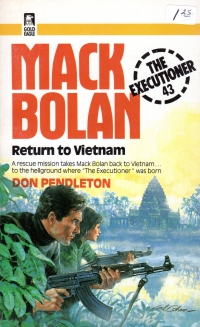

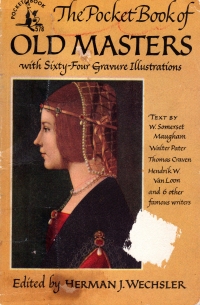
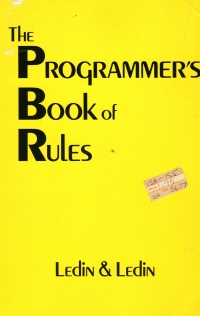
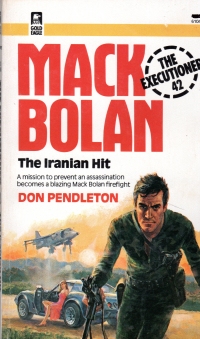
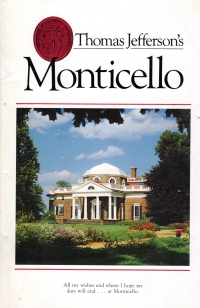 This book is a souvenir from Monticello. Not my souvenir, as I’ve never been. I probably got this particular book in a collection of thin books for a buck from the Friends of the Springfield-Greene County Library book sale. I’m sure I’ve mentioned it before, but these little packs remind me of the varied grab bags I’ve gotten in the past where remaindered comic books were bagged at three for a buck, and you could only see the front of one and the back of another, so it was pretty much a crapshoot or where ten packs of record singles fresh from juke boxes were bundled ten for two bucks and you could only, again, see the ones in the front and the back. That’s what you get with the bundles of thin books at the book sale, a bundle of poetry chapbooks, souvenir books, or free pamphlet-sized books for a buck. I buy them and read them because they’re quick, and they count for a whole book on my annual quest for the magical reading century mark (which I’ve missed for a couple years’ running now, but I’m well on my way this year so far.
This book is a souvenir from Monticello. Not my souvenir, as I’ve never been. I probably got this particular book in a collection of thin books for a buck from the Friends of the Springfield-Greene County Library book sale. I’m sure I’ve mentioned it before, but these little packs remind me of the varied grab bags I’ve gotten in the past where remaindered comic books were bagged at three for a buck, and you could only see the front of one and the back of another, so it was pretty much a crapshoot or where ten packs of record singles fresh from juke boxes were bundled ten for two bucks and you could only, again, see the ones in the front and the back. That’s what you get with the bundles of thin books at the book sale, a bundle of poetry chapbooks, souvenir books, or free pamphlet-sized books for a buck. I buy them and read them because they’re quick, and they count for a whole book on my annual quest for the magical reading century mark (which I’ve missed for a couple years’ running now, but I’m well on my way this year so far.